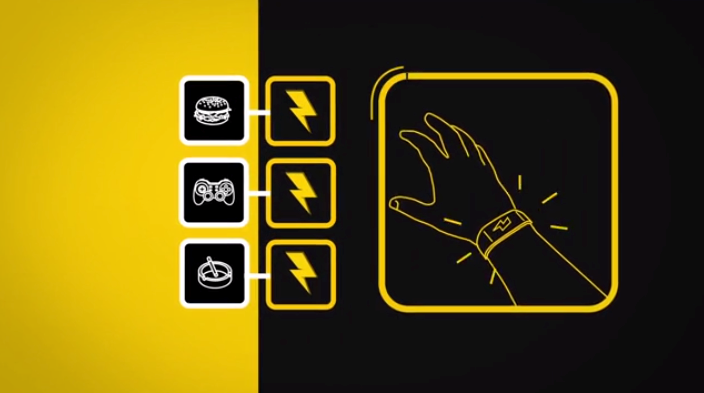
It takes an average of 66 days to form a new habit, explains the European Journal of Social Psychology. By that logic, it should theoretically take the same amount of time to break a bad habit, given that breaking old habits is a matter of learning new habits in their place. For the unfortunate souls who lack the willpower to engage in any of these behaviors, a new wearable called Pavlok could stem the tide using shock therapy and classical conditioning.
Individuals wearing Pavlok and its companion app will receive a 255-volt shock any time they’ve committed an elected bad habit. Taking this one step further, British firm Intelligent Environments launched a platform that links the Pavlok to one’s personal bank account, so that the bracelet shocks its wearer every time they try to withdraw funds beyond an agreed threshold. In that sense, bad habits become subconsciously associated with the discomfort of a two milliampere shock.
Maneesh Sethi, Pavlok’s creator, attributes the device’s underlying inspiration to a famous experiment conducted by the Russian psychologist Ivan Pavlov in the late 19th century. Pavlov is credited for discovering classical conditioning, a behavioral learning process in which an automatic response to a potential stimulus is trained, and then provoked from a previously neutral stimulus. In his most famous experiment, Pavlov induced salivation in dogs by ringing either a bell, or metronome.
The reverse—associating an undesirable habit with an unpleasant response—is Pavlok’s claim to fame. Sethi explains how this works: “By adding a shock while you eat, you train your lizard brain to associate the act of eating (or the type of food) with the shock—and it can effectively limit the drive for mindless eating that you normally have,” Sethi tells the Daily Dot, “[Pavlok] could also be used to save heating bills, by working with smart meters and encouraging people to turn their thermostats down.” Linking the device to smart thermostats like the Nest shocks could also alert wearers to lower the temperature to save money. Turning a thermostat down by only three degrees can save up to $372 per year, adds the Energy Saving Trust.
Those partial to aversion therapy may find the Pavlok exciting, but there’s something to be said about how increasing the number of interconnected devices will undoubtedly increase the potential attack vectors available to hackers. Professor Alan Woodward, a cybersecurity expert at Surrey University, told the BBC that while IoT technology is developed with the best intentions, the road to hell is often paved with them. “Having a convoluted interaction between systems is almost inevitably going to lead to unintended security flaws,” he said. “Just because you can connect devices en masse doesn't necessarily mean you should.”
Advertisement
Learn more about Electronic Products Magazine





